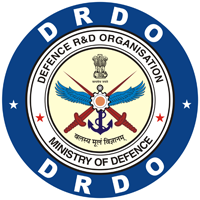Computer-aided Reverse Engineering for Rapid Replacement of Parts
DOI:
https://doi.org/10.14429/dsj.56.1885Keywords:
Computer-aided design, metal casting, process simulation, rapid prototyping, reverse engineering, solid modelling, spectrometryAbstract
Indigenous product development using conventional means involves a relatively long leadtime and cost, especially for replacing worn out and broken parts. This paper presents
methodologies and technologies for computer-aided reverse engineering, illustrated by a reallife
case study of an aluminium alloy separator body of a hydraulic filter assembly for the special
army vehicle. It involved reconstruction of part geometry using 3-D scanning, material
identification using spectrometry, casting process optimisation using simulation software, and
fabrication of prototype and tooling using rapid prototyping systems. It was found that the
fabrication of wax patterns directly from reverse-engineered CAD data in a suitable rapid
prototyping system (such as thermojet), followed by conventional investment casting, gives a
reliable and economic route for rapid development of one-off intricate parts for the replacement
purpose.
Downloads
Published
2006-04-01
How to Cite
Pal, D., Bhargava, L., Ravi, B., & Chandrasekhar, U. (2006). Computer-aided Reverse Engineering for Rapid Replacement of Parts. Defence Science Journal, 56(2), 225–238. https://doi.org/10.14429/dsj.56.1885
Issue
Section
Computers & Systems Studies
License
 Where otherwise noted, the Articles on this site are licensed under Creative Commons License: CC Attribution-Noncommercial-No Derivative Works 2.5 India
Where otherwise noted, the Articles on this site are licensed under Creative Commons License: CC Attribution-Noncommercial-No Derivative Works 2.5 India

